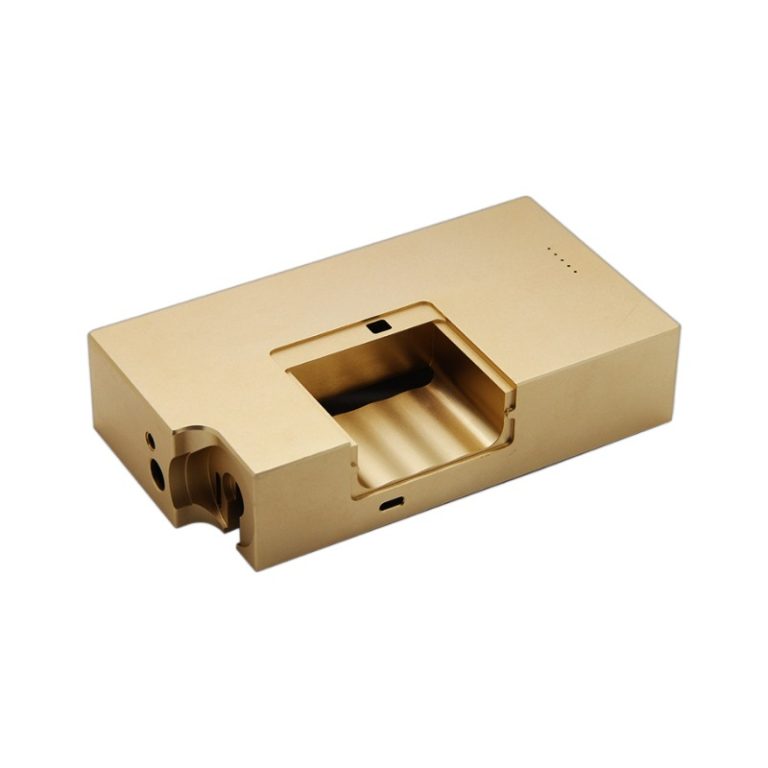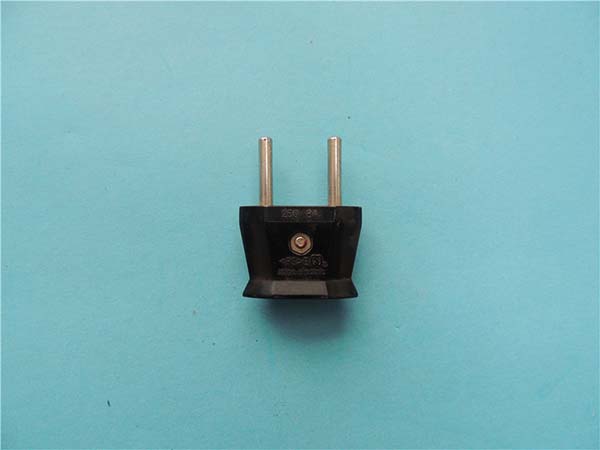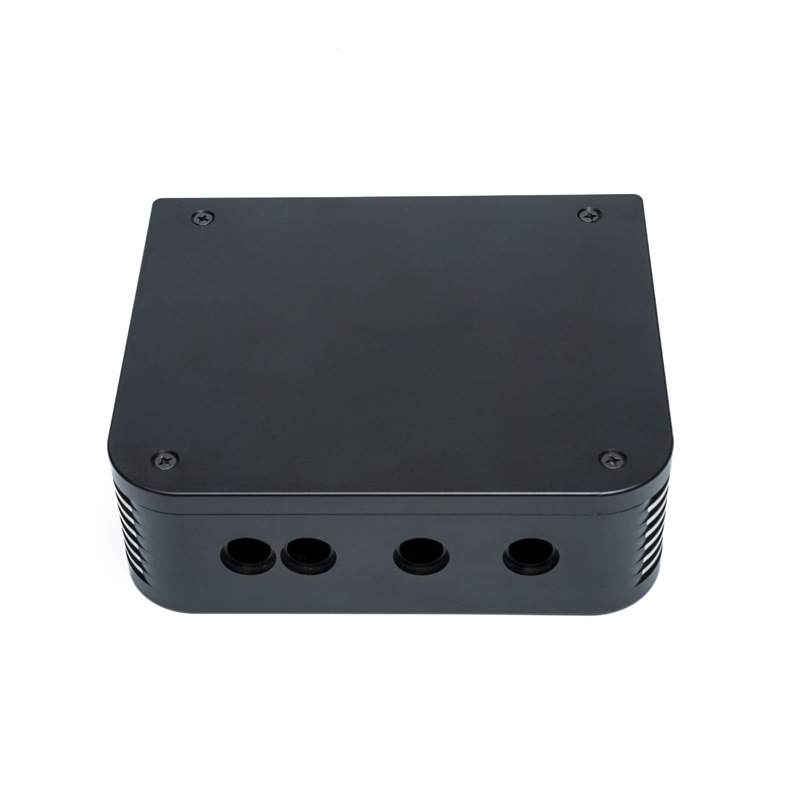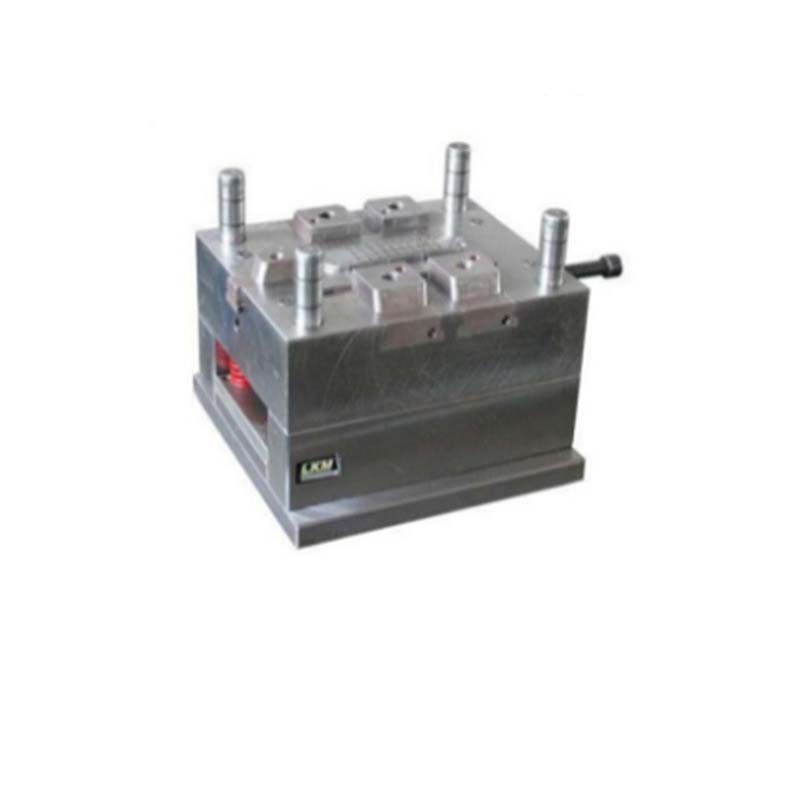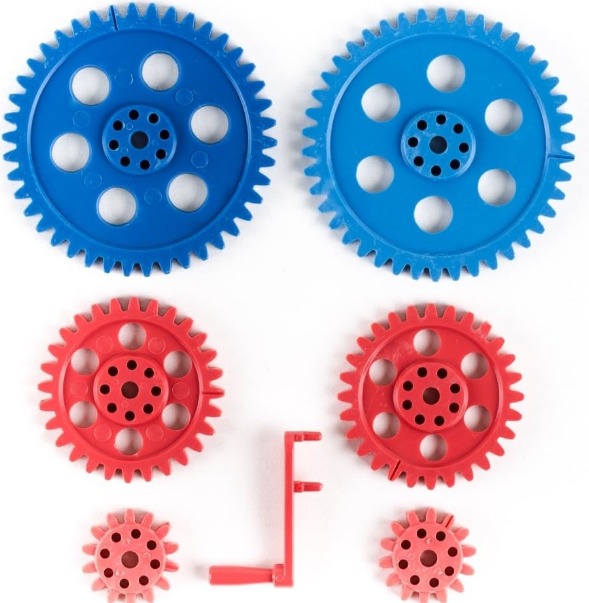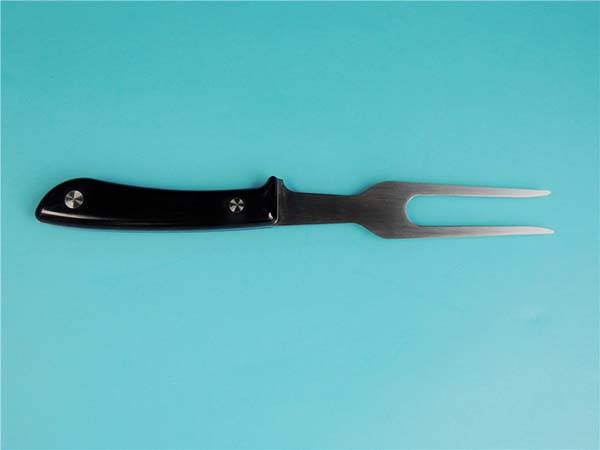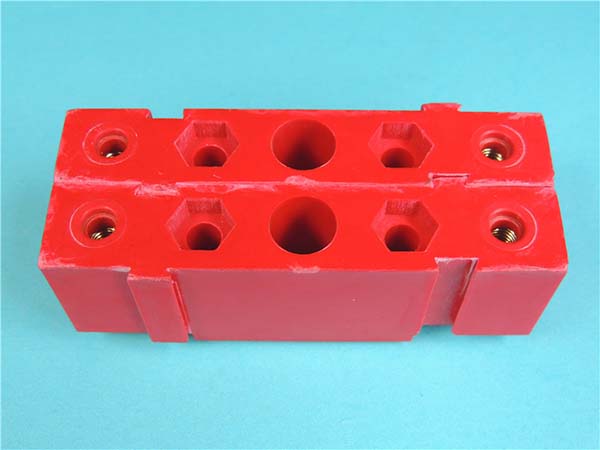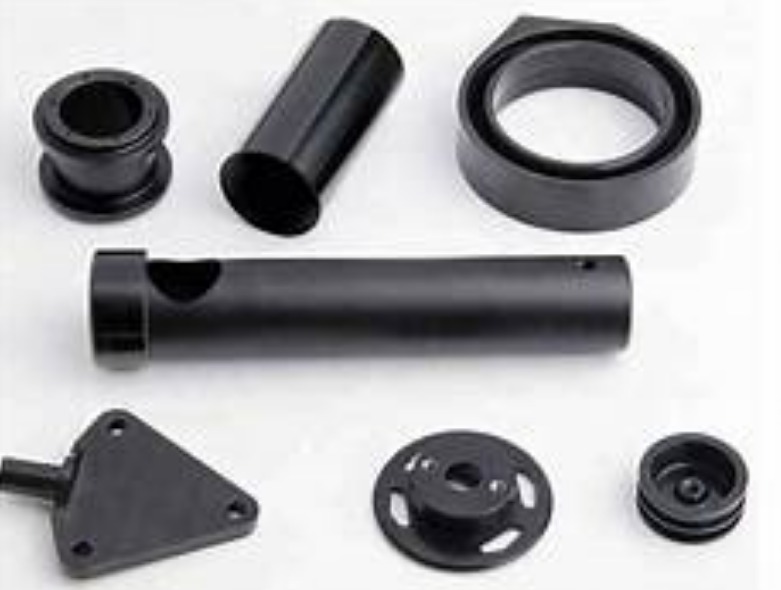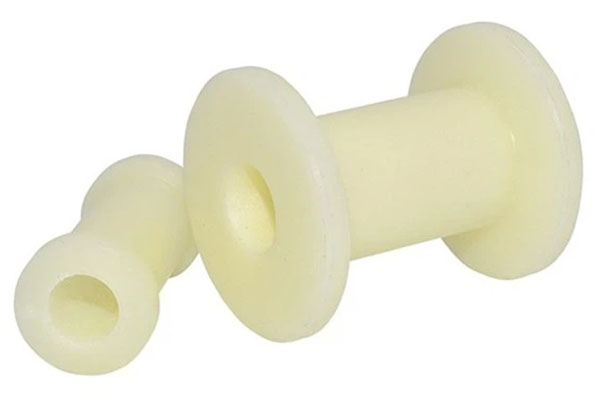Introduction
In the vast world of mechanical components, large plastic gears have emerged as a revolutionary solution, reshaping the landscape of various industries. As technology continues to advance, these gears are becoming increasingly prevalent, offering unique advantages over their traditional counterparts. This article delves deep into the realm of large plastic gears, exploring their features, applications, and the technological advancements that are driving their growth.
What are Large Plastic Gears
Large plastic gears are mechanical components made from high - performance plastic materials, designed to transmit power and motion between rotating shafts. They are characterized by their relatively large size compared to small - scale plastic gears used in micro - mechanical applications. These gears can range in diameter from several centimeters to over a meter, depending on the specific requirements of the machinery they are intended for.
The materials used in manufacturing large plastic gears are carefully selected for their mechanical properties. Common plastics include acetal (POM), nylon (PA), and polypropylene (PP). Acetal, for example, offers excellent dimensional stability, low friction, and good wear resistance, making it a popular choice for applications where precise motion transfer is crucial. Nylon, on the other hand, has high strength and impact resistance, along with self - lubricating properties, which are beneficial in heavy - duty applications. Polypropylene is known for its chemical resistance and cost - effectiveness, making it suitable for applications where chemical exposure is a concern and cost constraints are present.
The Significance of Large Plastic Gears
In modern industrial and mechanical systems, large plastic gears play a pivotal role. Their applications span across multiple industries, from automotive and aerospace to consumer goods and renewable energy.
Automotive Industry: In the automotive sector, large plastic gears are used in various components such as power steering systems, windshield wiper mechanisms, and window regulators. They help reduce the overall weight of the vehicle, which in turn improves fuel efficiency. For example, replacing metal gears with plastic ones in a power steering system can lead to a significant weight reduction, contributing to better fuel economy. Additionally, plastic gears operate more quietly than their metal counterparts, enhancing the overall driving experience.
Aerospace Industry: In aerospace applications, every gram of weight reduction matters. Large plastic gears are used in aircraft actuators, landing gear systems, and ventilation systems. Their lightweight nature reduces the payload of the aircraft, enabling longer flight ranges and lower fuel consumption. Moreover, plastic gears can withstand the harsh environmental conditions encountered in aerospace, such as extreme temperatures and high - altitude pressures.
Renewable Energy: In wind turbines, large plastic gears are used in the gearboxes that transfer the rotational energy from the blades to the generator. The use of plastic gears in wind turbines can reduce maintenance costs due to their self - lubricating properties and corrosion resistance. They also contribute to the overall efficiency of the turbine by reducing energy losses during power transmission.
In summary, large plastic gears are essential components in modern machinery, offering a combination of lightweight design, cost - effectiveness, and high - performance capabilities that make them indispensable in a wide range of applications.
Features of Large Plastic Gears
Large plastic gears come with a set of unique features that make them highly desirable in modern mechanical applications.
Lightweight
One of the most prominent features of large plastic gears is their lightweight nature. Plastics have a much lower density compared to metals. For instance, the density of nylon, a common material for plastic gears, is approximately 1.15 g/cm³, while the density of steel, a typical metal for gears, is around 7.85 g/cm³. This means that, for gears of the same size, a plastic gear can be up to 85% lighter than its metal counterpart. In applications such as aerospace, where every gram of weight reduction can lead to significant fuel savings and improved performance, the lightweight characteristic of large plastic gears is a game - changer.
Low Noise Operation
Plastic gears are known for their low - noise operation. When in motion, the inherent damping properties of plastics reduce the vibrations and impact forces that cause noise. In a typical industrial setting, metal gears operating at a moderate speed of 1000 RPM can produce noise levels of around 70 - 80 decibels (dB). In contrast, plastic gears running at the same speed generate noise levels in the range of 50 - 60 dB. This makes plastic gears an ideal choice for applications where noise reduction is crucial, such as in household appliances like washing machines and dishwashers, as well as in office equipment like printers and copiers.
Good Wear Resistance
Large plastic gears exhibit excellent wear resistance. Laboratory tests have shown that in a simulated gear - meshing scenario with a load of 500 N and a rotational speed of 500 RPM, a well - designed plastic gear made of acetal (POM) can operate for over 1000 hours with minimal wear. In real - world applications, plastic gears are used in conveyor systems in factories. These gears are constantly in contact with other moving parts, yet they can maintain their shape and functionality for long periods. Their wear - resistant property is further enhanced when combined with proper lubrication, which reduces friction between the gear teeth.
Self - lubrication Performance
Many plastics used in manufacturing large plastic gears have self - lubricating properties. Materials like nylon and PTFE - filled plastics contain substances that act as internal lubricants. This self - lubrication reduces the need for external lubricants, which can be messy, costly to maintain, and may require regular re - application. In a food - processing machinery application, for example, the use of self - lubricating plastic gears eliminates the risk of lubricant contamination of the food products. Moreover, self - lubrication helps in reducing energy losses due to friction, thereby improving the overall efficiency of the mechanical system and extending the lifespan of the gears.
Corrosion Resistance
Plastic gears are highly resistant to corrosion, unlike metal gears that can rust and corrode when exposed to moisture, chemicals, or certain environmental conditions. In a marine environment, metal gears can start to corrode within a few weeks of continuous exposure to saltwater. On the other hand, plastic gears made of materials such as polypropylene (PP) or polyphenylene sulfide (PPS) can withstand the harsh marine environment for years without showing signs of degradation. This makes plastic gears suitable for applications in industries like water treatment plants, chemical processing facilities, and outdoor equipment that are exposed to various corrosive elements.
Yigu Technology's Viewpoint
As a non - standard plastic metal products custom supplier, Yigu Technology has a unique perspective on the development of large plastic gears. We have witnessed the growing market demand for large plastic gears in various industries. The lightweight, corrosion - resistant, and cost - effective features of these gears make them highly sought - after.
Based on our rich experience in material research and development as well as manufacturing processes, we believe that customization is the key to meeting the diverse needs of customers. Different applications often require specific performance characteristics from large plastic gears. For example, in some high - precision equipment, the dimensional accuracy and stability of plastic gears are of utmost importance.
We are committed to leveraging our technical capabilities to provide customized solutions for large plastic gears. By carefully selecting the most suitable plastic materials and optimizing the manufacturing process, we can ensure that the produced large plastic gears not only meet but exceed the expectations of our customers, enabling them to gain a competitive edge in their respective markets.
FAQ
What are the common materials for large plastic gears?
Common materials for large plastic gears include nylon (PA) and polyoxymethylene (POM). Nylon offers high strength, impact resistance, and self - lubricating properties. It can withstand heavy loads and is suitable for applications with high - stress requirements. For example, in automotive transmissions, nylon gears can operate smoothly under high - torque conditions. POM, on the other hand, has excellent dimensional stability, low friction, and good wear resistance. It is often used in precision - motion applications such as in optical equipment, where accurate gear movement is crucial.
How to ensure the accuracy of large plastic gears during manufacturing?
To ensure the accuracy of large plastic gears during manufacturing, several methods are employed. First, precise mold design is essential. The mold should be designed with high - precision CAD/CAM software to ensure that the gear tooth profile, pitch, and other parameters are accurately defined. During the injection - molding process, strict control of processing parameters such as temperature, pressure, and injection speed is necessary. For example, maintaining a consistent temperature within the mold can prevent warping and dimensional changes of the gears. Post - processing operations like gear grinding or shaving can also be carried out to further improve the accuracy and surface finish of the gears.
Can large plastic gears be used in high - temperature environments?
Large plastic gears have some limitations in high - temperature environments. While there are high - temperature - resistant plastics such as polyphenylene sulfide (PPS) and polyetheretherketone (PEEK), their performance still degrades at extremely high temperatures. PPS can generally withstand temperatures up to around 200°C, and PEEK can handle temperatures up to about 260°C. Beyond these limits, the mechanical properties of the plastic gears, such as strength and dimensional stability, will be significantly affected. In high - temperature applications, factors like heat dissipation and the duration of exposure to high temperatures also need to be considered. If the operating temperature regularly exceeds the material's heat - resistance limit, it is advisable to use metal gears or explore advanced cooling mechanisms for the plastic gears.
